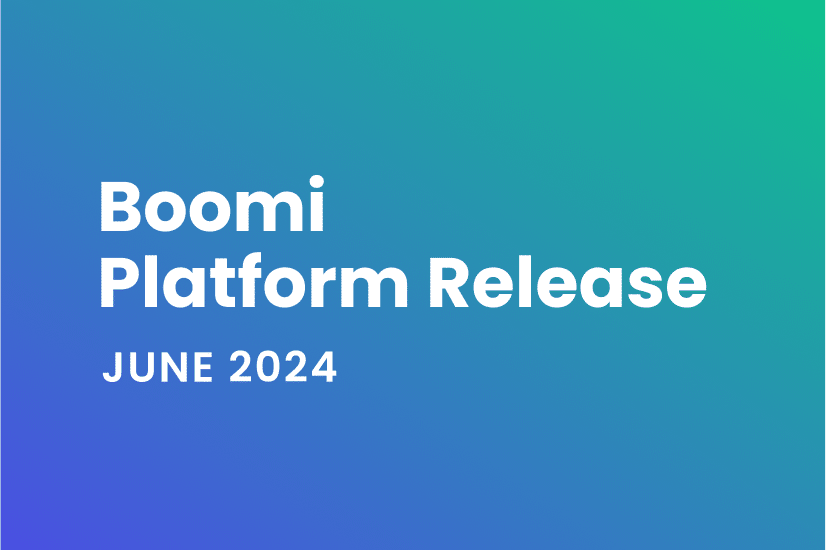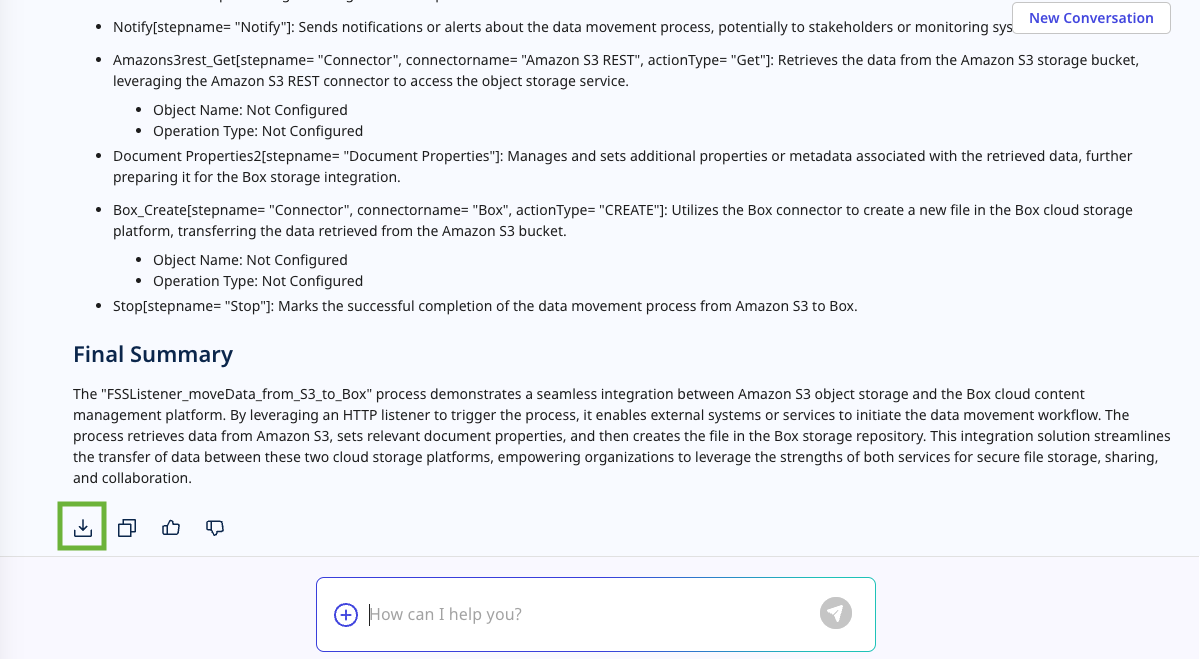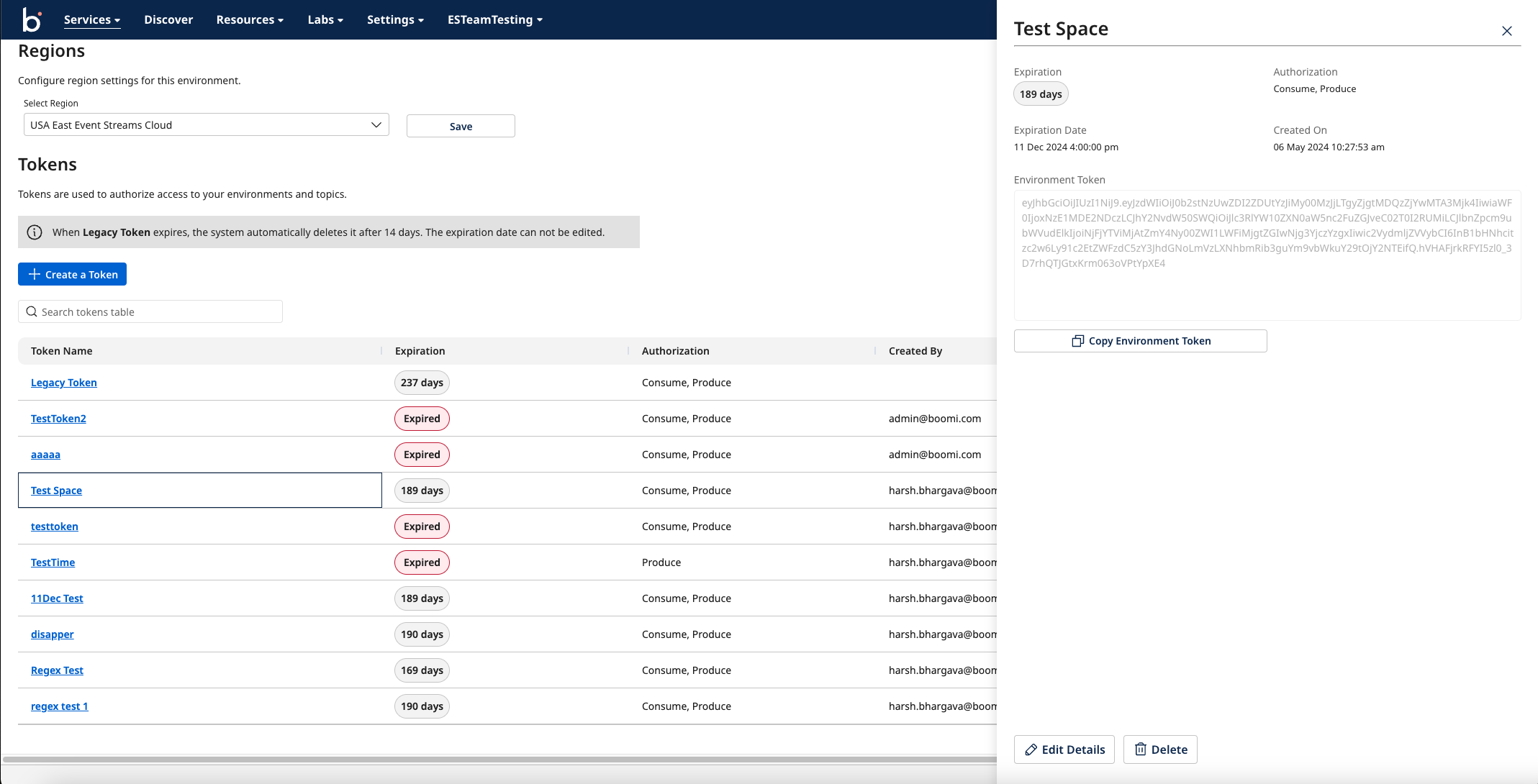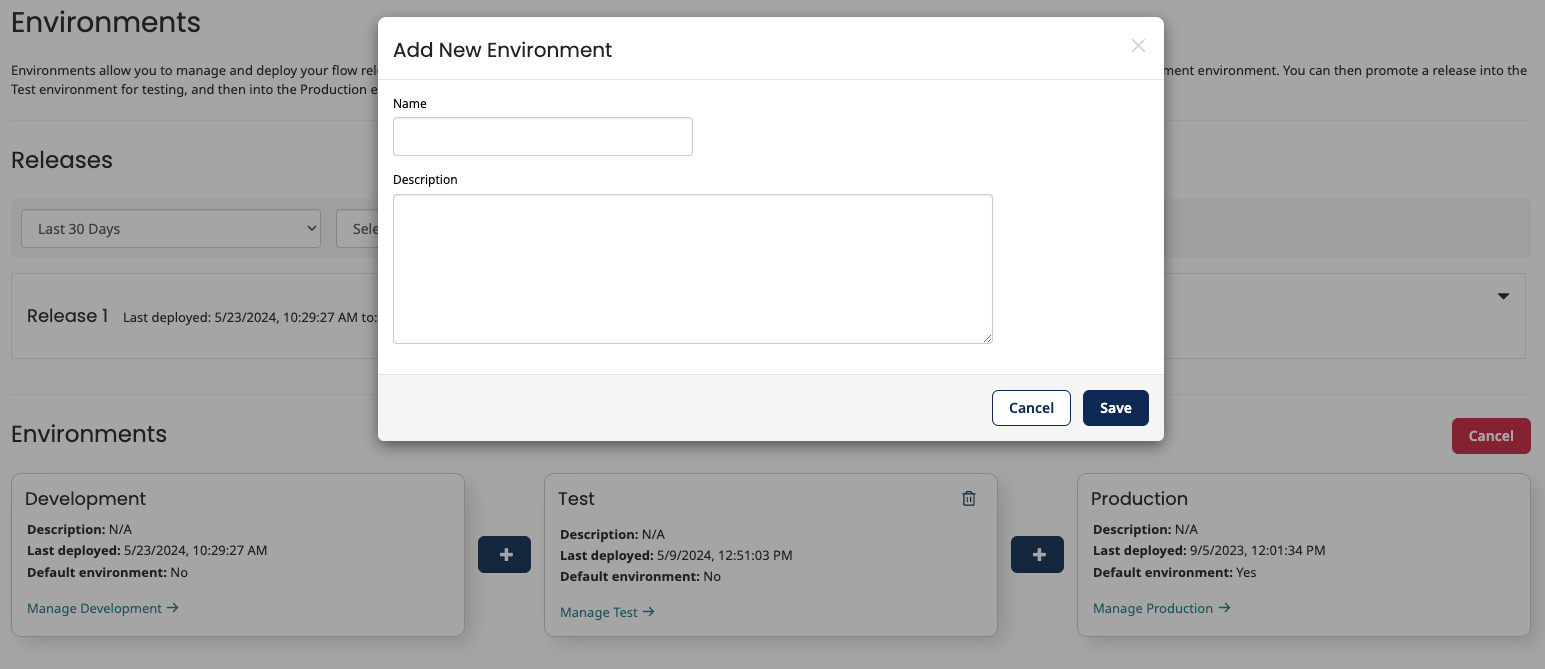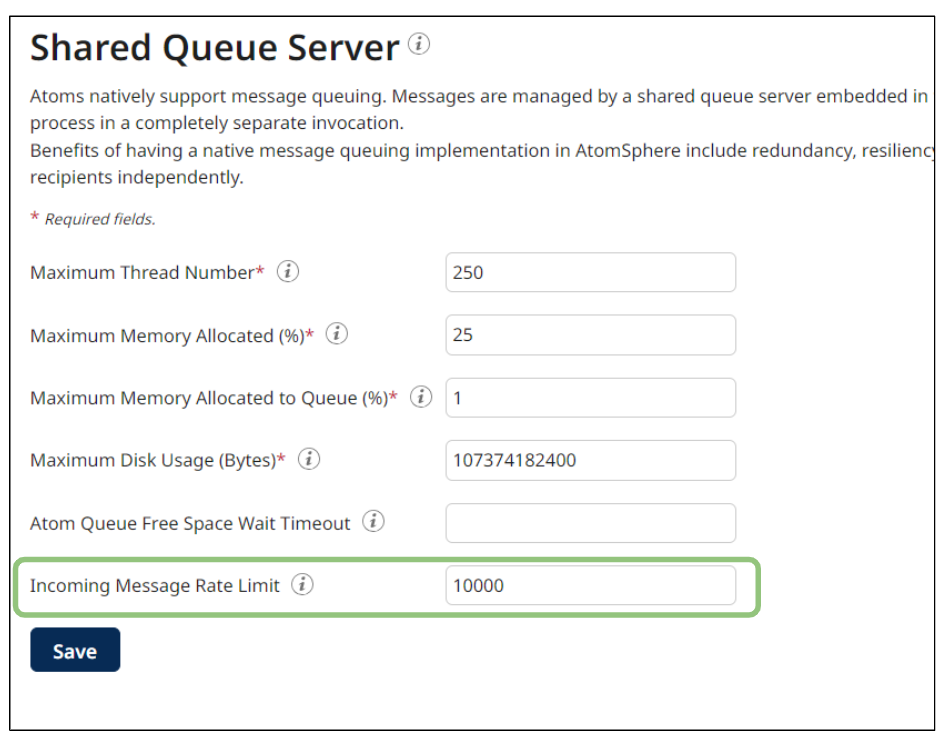This article recaps the Boomi Platform June 2024 release and highlights recently delivered product features. For a full list of what’s included in the release, see the detailed release notes.
Watch release video recap
Let’s take a look at the highlights in this release.
API Management
This month in API management, you can now import, build, and/or publish multiple responses for an API endpoint that includes; importing multiple response definitions from the OpenAPI specification file; defining response codes, output types, and output profiles for each response and publishing custom responses as part of the generated OpenAPI specification.
Boomi AI
In June, Boomi AI is introducing enhancements to process documentation within Boomi GPT. We are introducing the ability to export documentation to a .docx file by clicking the Download button next to the response. Expanded each map step in the document to include additional attributes such as source object, source profile component name, target object, and target profile component name when the map step contains an XML or JSON profile.
Event Streams
We are pleased to share the Event Streams performance report: https://community.boomi.com/s/article/Boomi-Event-Streams-Performance
We have also enhanced token management in environmental settings. With this improvement, you can manipulate the name, expiration date, permissions/authorizations, and description of your tokens in one of two ways. You can create new tokens and search for tokens to edit/update, or delete via the UI. And you can also create new tokens, EDIT existing tokens, and DELETE tokens via the API.
Flow
Last month, we introduced the new ‘Flow’ tab within each environment, allowing you to run deployed Flows effortlessly. This month, we’ve added custom environments for seamless releases beyond the development, test, and production stages.
We’re also preparing for our upcoming open API connector updates, which will offer a more seamless way to connect to large data sets with Flow. Stay tuned for these exciting enhancements!
Retirement of Legacy Connectors Reminder:
Due to identified vulnerabilities, we are retiring our legacy S3, PDF, and Azure connectors in Flow, prioritizing your data’s security. Starting on October 1, 2024, support for these legacy connectors will be discontinued, and the functionality will no longer be available. You can read more here on how best to proceed if you are using legacy Azure, legacy PDF, or legacy Amazon S3 connector.
Task Automation
Reminder: Task Automation Beta Program Open!
Our no-code automation beta solution launched last month. Streamline your daily tasks and boost efficiency. Try it now via the Services menu or our homepage. Enjoy a free evaluation period! Learn more here. Check out our Beta Program and give us feedback to improve it.
Integration
Environment Extensions Cross Reference Table API Change
We’ve optimized the environment extensions API when working with cross-reference tables. This optimization will minimize unwanted columns returned in the API, thus significantly reducing API response times and keeping the override.xml file size in check.
Integration Runtime
New Boomi Public Cloud Options
Want more performance for your integrations running in the Boomi public cloud? Now, you can have it with two new public cloud options for customers needing greater performance and flexibility but prefer to use a zero-footprint runtime hosted and managed by Boomi.
These paid options provide several benefits, including:
- Increased governance limits, such as request rates to handle more integrations
- Additional Atom workers to execute more processes and APIs in parallel
- Production and Test clouds available in North America, EMEA, and APJ regions
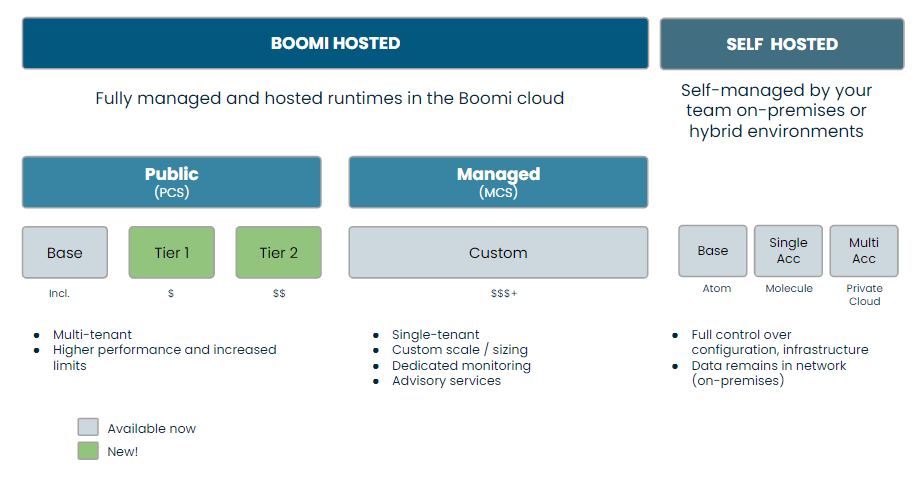
To learn more about your Boomi hosted cloud options, contact your account representative.
Atom Queue Rate Limiting
To help runtime administrators better manage system resources, you can now configure optional message rate limits for the Atom Queue shared server. This rate limit governs the number of messages accepted by the Atom Queue per minute, globally for the entire runtime and per tenant for cloud runtimes. For details on how the rate limit works, see Shared queue server.
Additionally, Boomi will be setting this limit for all Boomi-hosted public clouds to ensure quality of service for customers using our clouds. For details, see The Boomi Atom Clouds.
Connectors
The following connector updates are coming your way as part of the June release:
- Database V2 connector – You can limit the number of stored procedure objects returned during import by specifying a wildcard or string in the filter field.
- Google Big Query connector now supports dataset id as an extensible operation property for Insert and Upsert operations.
- The Salesforce REST connector is now Generally Available!
Note: We have updated the names of the connector operations. Although these changes will not affect process executions, users who want to update their process in the build canvas will need to re-select the action and operation component in the connector shape before deploying. - Files.com – Partner Connector has enhanced connector functionality by introducing nine new actions.
Roadmap webinars
Do you want to know what Boomi is shipping next? Sign up for the product roadmap webinars!
This is your chance to get answers from Ed Macosky, Chief Product & Technology Officer, and the product management team as they talk about recent enhancements and the future of the product.
Register here, please: https://boomi.com/event/online/product-roadmap-webinar-series/
Previous roadmap: Article: Everything You Want to Know About the Boomi Product Roadmap – Q2, 2024 – Boomi Community
Thank you for choosing Boomi!
We are here to exceed your expectations. Working together with you.
You may also like these:
- Boomi Community
- Boomi Training & Certification
- Boomi Technical Documentation
- Boomi Events
- Boomi World
Let’s connect online!
LinkedIn – https://www.linkedin.com/company/boomi-inc/
Twitter – https://twitter.com/boomi
Facebook – https://www.facebook.com/Boomi.Official
This article contains forward-looking statements based on current expectations, forecasts and assumptions that involve risks and uncertainties. As such, the dates and deliverables represented cannot be guaranteed and should not be viewed as commitments.








